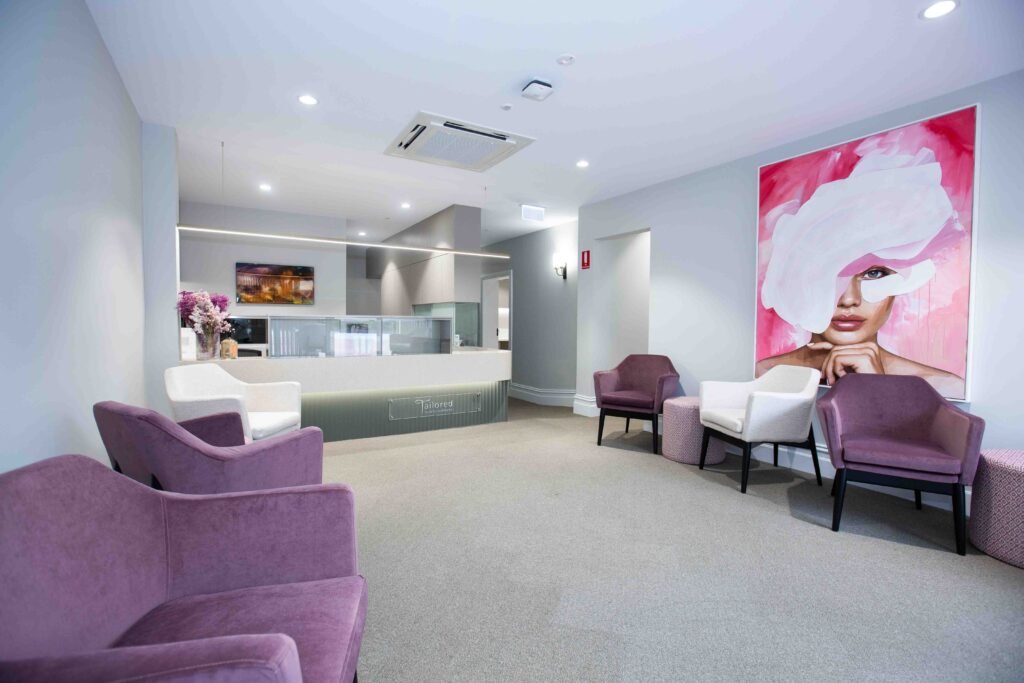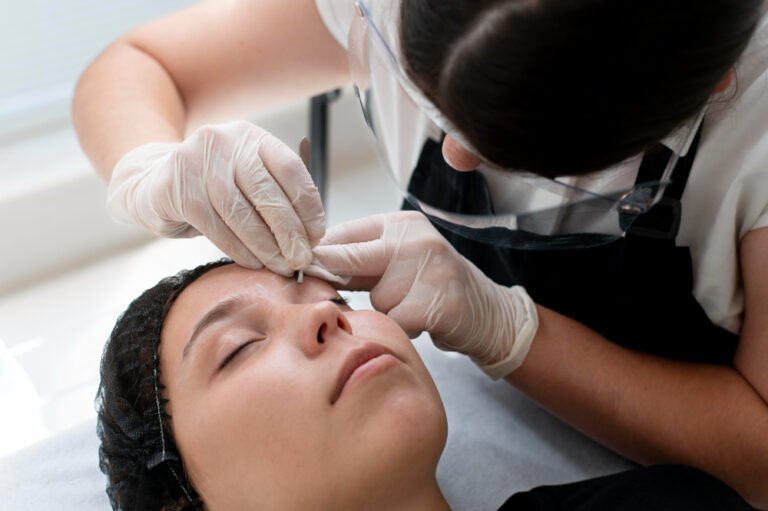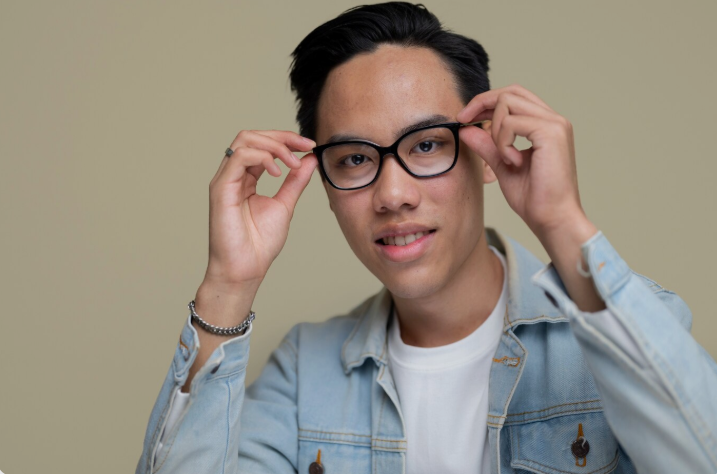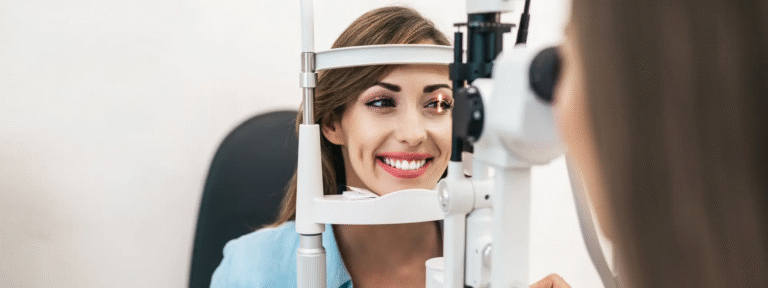When it comes to rhinoplasty, one size does not fit all—especially with alar base reduction. Different ethnic backgrounds come with distinct nasal characteristics, and at Soon Plus Plastic Surgery Clinic in Seoul, the goal is not to erase these features but to refine them in a way that enhances each individual’s natural beauty.
Soon Plus is known for its ethnically sensitive, highly personalized approach to alar reduction, helping international patients achieve a more balanced, harmonious nose—without compromising their identity.
In this post, we’ll explore how Soon Plus customizes alar reduction procedures based on different ethnic nose shapes, ensuring natural-looking, culturally respectful results.
🔍 What Is Alar Reduction?
Alar reduction surgery, also known as alar base excision, is a procedure that:
- Narrows the width of the nostrils
- Reduces flaring of the alae (sides of the nostrils)
- Refines the base of the nose to enhance facial harmony
It’s often combined with tip plasty or full rhinoplasty but can also be performed as a standalone procedure, especially for patients whose primary concern is nostril width or asymmetry.
🧬 Ethnic Nose Anatomy: Why Customization Matters
Different ethnicities have different nasal structures, including variations in:
| Feature | Common in… |
|---|---|
| Wider alar base | African, Southeast Asian |
| Thicker nasal skin | Middle Eastern, Hispanic |
| Low nasal bridge + wide nostrils | East Asian, Pacific Islander |
| Prominent nostril flare | African, Southeast Asian, some Latin populations |
| Subtle flare with small nostrils | Caucasian, Northern Asian |
Attempting to apply a standard Western nose ideal can result in unnatural or culturally inappropriate results. That’s why Soon Plus takes a case-by-case approach, respecting each patient’s ethnicity while creating refined, symmetrical nostrils.
🌐 Customized Alar Reduction by Ethnic Type
1. East Asian Patients
(E.g., Korean, Chinese, Japanese)
Common features:
- Flat nasal bridge
- Rounded nasal tip
- Wide alar base and subtle nostril flare
Soon Plus approach:
- Often combined with tip projection or dorsal augmentation to maintain harmony
- Sill excision to reduce width without over-narrowing the flare
- Special care taken to preserve soft tissue and avoid a pinched appearance
🗣️ “We focus on enhancing balance, not westernizing the nose. The result should look elegant and natural, not artificial,” explains Dr. Yoon of Soon Plus.
2. African and Afro-Caribbean Patients
Common features:
- Broad, flared nostrils
- Thick, fibrous skin
- Soft nasal cartilage and flat dorsum
Soon Plus approach:
- Often uses Weir excision to gently reduce outer alar flare
- Reinforcement of nasal support structures to maintain airflow and symmetry
- Avoids excessive narrowing to retain cultural identity and natural proportion
✍️ Surgeons also address asymmetry or uneven flare, using 3D imaging and a sculpting approach tailored to each patient’s natural nasal dynamics.
3. Middle Eastern Patients
Common features:
- High nasal bridge
- Strong tip projection
- Wide or heavy alar bases
Soon Plus approach:
- Goal is often subtle refinement, not major reshaping
- Alar reduction is balanced with tip refinement to prevent overcorrection
- Uses hidden incisions along natural creases to minimize scar visibility
🧑⚕️ “Middle Eastern patients often want to maintain their strong nasal character while reducing heaviness at the base. We focus on elegance and balance, not removal,” says Dr. Kim, rhinoplasty specialist.
4. Southeast Asian Patients
(E.g., Filipino, Thai, Indonesian, Vietnamese)
Common features:
- Short nose with wide base
- Pronounced nostril flare
- Low nasal bridge and undefined tip
Soon Plus approach:
- Combination procedures: alar reduction + tip plasty + bridge augmentation
- Focuses on refining, not narrowing too much
- Uses advanced techniques to preserve nostril curvature and natural softness
🌸 These patients often benefit most from a harmonizing strategy, enhancing proportion without creating a “one-size-fits-all” look.
5. Latin and Hispanic Patients
Common features:
- Thick skin and soft cartilage
- Varying bridge heights depending on region
- Wide, rounded nostrils
Soon Plus approach:
- Customized approach based on subtype (mestizo, Indigenous, European-influenced)
- Alar base reduction often done in tandem with tip support enhancement
- Results aim for refinement with ethnic retention, not over-correction
💡 How Soon Plus Ensures Natural, Symmetrical Results
✅ 1. 3D Imaging & Simulation
- Precise measurements of nostril angles, width, and symmetry
- Allows patients to preview changes from different angles
✅ 2. Minimal-Scar Incision Placement
- Incisions made in natural folds
- Careful suturing techniques reduce visibility
✅ 3. Millimeter-Level Adjustments
- No “cookie-cutter” plans
- Every reduction is done in measured degrees to avoid overcorrection
✅ 4. Ethical Aesthetic Philosophy
- Surgeons trained to preserve and enhance each patient’s natural features
- Open communication about cultural values and beauty standards
🧑⚕️ Real Patient Stories
🗣️ “I’m proud of my African features but wanted a more defined nose. Soon Plus respected that and gave me a result that looked like me—just more refined.”
— Naomi L., Kenya
🗣️ “As a Filipino woman, I wanted nostril refinement, but I didn’t want to lose my natural look. They were honest, detailed, and delivered exactly what I hoped for.”
— Camille D., Philippines
✈️ Medical Tourism Support for International Patients
Soon Plus makes it easy for global patients to receive world-class alar base surgery with:
- Online consultations with multilingual staff
- Detailed pre-op planning with photo analysis
- Accommodation and translation support
- Virtual follow-up after returning home
✅ Summary: Ethnic-Specific Alar Reduction at Soon Plus
| Ethnic Group | Customized Approach |
|---|---|
| East Asian | Sill reduction + tip refinement |
| African | Weir excision + support preservation |
| Middle Eastern | Gentle alar trimming + scar control |
| Southeast Asian | Multi-procedure balance + nostril preservation |
| Latin/Hispanic | Skin and tip-tailored reduction |
📞 Ready to Refine Your Nose Without Losing Your Identity?
At Soon Plus Plastic Surgery Clinic, your culture, identity, and aesthetic goals are respected and celebrated. Their expert surgeons combine cultural sensitivity, medical precision, and artistic vision to help you achieve a nose that looks authentic, natural, and balanced.




